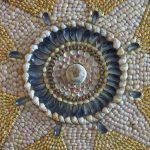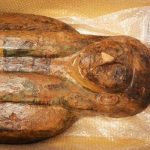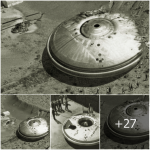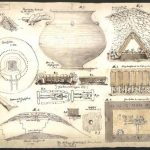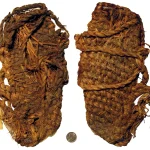The naturally mummified corpse of Tollund Man was born in the fourth century BC, which is known in Scandinavia as the Pre-Roman Iron Age.
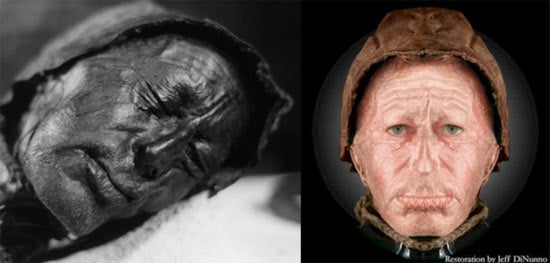
Tollund Man is the naturally mummified body of a man who lived during the 4th century BC, during the period characterised in Scandinavia as the Pre-Roman Iron Age. He was hanged as a sacrifice to the gods and placed in a peat bog where he remained preserved for more than two millennia. Today, the face of the Tollund Man is as preserved as the day he died. The look upon his face is calm and peaceful, as though looking upon a sleeping man.
It was 6 th May, 1950, when two brothers cutting peat in the Bjaeldskov bog, an area about 10 kilometres west of the Danish town of Silkeborg, came upon the lifeless body of a man. The man’s physical features were so well-preserved that he was mistaken at the time of discovery for a recent murder victim and the police were called.
Puzzled by the appearance of the remains and recalling the discovery of two other ‘bog bodies’ in the same bog in 1927 and 1938, the police asked an archaeologist named P. V. Glob to come and view the discovery. Recognizing that this was an ancient burial, Glob began efforts to remove the body for further study.
The examination of the Tollund Man at the National Museum of Denmark in 1950 revealed an unusually well-preserved body of an adult male who was slightly over five feet tall and approximately 40 years old when he died. The stubble on his chain, eyelashes, and the wrinkles in his skin can still be observed in minute detail. His last meal was porridge made from 40 different kinds of seeds and grains.

Head of Tollund Man on the left (Photo credit: Wikipedia) and a restoration image on the right (Photo credit: Jeff DiNunno)
Tollund Man was naked apart from a leather cap and a wide belt around his waist. Around his neck was a braided leather rope tightened in a noose. It was clear that he had been hanged – but why? Was he a criminal, a victim of crime, or part of a ritual sacrifice? Archaeologists embarked on an investigation to find out.
The Tollund Man as he appears today. Photo credit: Tollundman.dk
Like all the other ‘bog bodies’ that have been found, Tollund Man showed no signs of injury or trauma, apart from that caused by the hanging. It was clear that he had also been buried carefully in the bog – his eyes and mouth had been closed and his body placed in a sleeping position – something that wouldn’t have happened if he were a common criminal.
When somebody died in the Iron Age, the body was cremated in a funeral pyre and the ashes placed in an urn, but Tolland Man was buried in a watery place where the early people of Europe believed they could communicate with their many gods and goddesses. He was also killed in the winter or early spring, a time that human sacrifices were made to the goddess of spring.
Taking into account all of these factors, archaeologists believe that Tollund Man was ritually sacrificed. He may have been an offering to the gods in return for peat that was taken from the bog. The incredible discovery of Tollund Man has brought to life in vivid detail the lives and deaths of the people of prehistoric Denmark. He now resides in a special room of the Silkeborg Museum.

